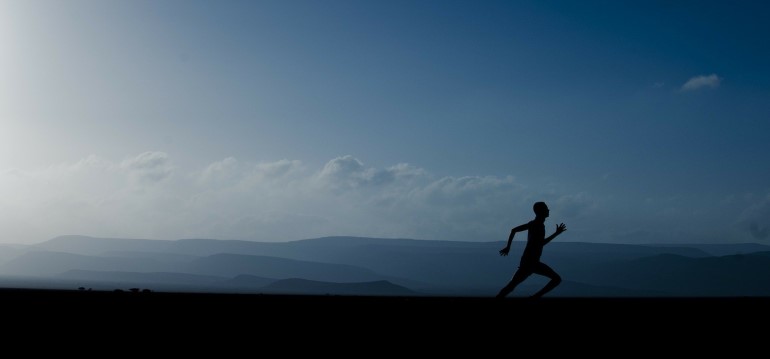With the Tokyo 2020 Paralympic Games set to get underway, Paralympians across the globe have been making final preparations before the event begins on 24th August. Marathon runner Derek Rae, representing Paralympics GB, has ambitions to replicate his success from the 2019 World Para Athletics Marathon Championships in London where he picked up a silver medal. Rae however had concerns about the potential for hot and humid conditions in Tokyo and the affect that this would have on the sling that he requires for his arm while running. With natural sweat build-up on his arm due to it being held close to his chest, the increase of weight in the sling due to water saturation could become performance-affecting, particularly as it wasn’t water repellent or breathable. This also meant that the saturation would become an issue if the sling was doused in water to cool the area.
Keen to find a solution, Rae turned to the English Institute of Sport (EIS)’s Performance Innovation team, which deploys leading edge technology, engineering and research to help sports and athletes seek performance gains. Along with their Innovation Partner Sally Cowan Ltd, a leading garment research and development prototyping company, the EIS worked closely with Rae to see where improvements could be made to the sling. The first issue to tackle was the breathability and comfort of the existing fabric. Following comprehensive testing of different prototypes with Rae, a variety of suitable fabrics were put together to devise a sling that was more comfortable and easier for him to wear, while reducing the possibility of soreness.
While this helped Rae, the potential issue of water saturation remained. Tests discovered that when his previous sling was saturated with water, it doubled in weight compared to when it was dry. The EIS and Sally Cowan Ltd reached out to P2i, the global leader in liquid repellent nanotechnology, to see if there was a solution.
P2i had previously worked with the EIS and Sally Cowan Ltd to provide a nanocoating liquid protection for athlete apparel used during the London 2012 Games, and so proved to be an ideal partner for the project. With a comprehensive nanocoating then applied to the sling, it provided a high level of water repellence that ensured it didn’t gain weight during a run and had a positive impact on Rae’s performance.
“It was an honour to have taken part in the 2016 Games at Rio and it subsequently became my ambition to compete at the 2020 Paralympic Games in Tokyo. I’m delighted with the results of my water repellent sling and I feel that it has increased my chances of success at the upcoming event. The increased weight on my sling beforehand from sweat and water was an issue due to the weight of the sling which would potentially feel heavier as I was becoming more fatigued, but now it’s able to keep the vast majority of the liquid out. I can’t wait to compete in Tokyo with my improved sling and hopefully bring back a medal for Great Britain,” said Rae.

